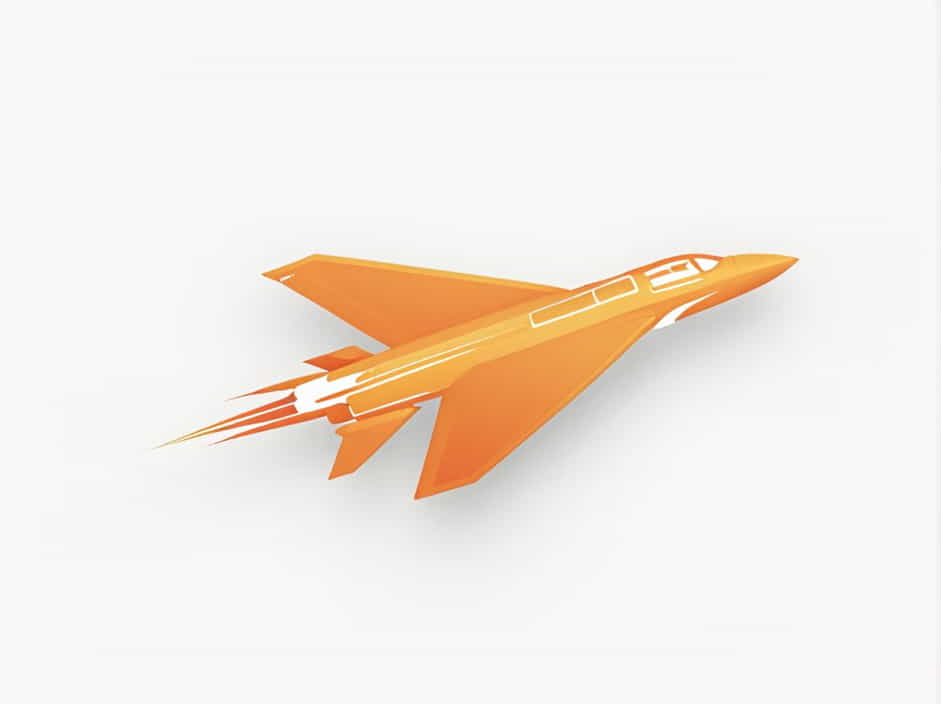An afterburner is a crucial component of many high-performance jet engines, primarily used in military aircraft to achieve supersonic speeds. It provides an extra boost of thrust by injecting fuel into the hot exhaust gases, significantly increasing engine power. But how exactly does it work, and why is it important in aviation?
In this topic, we will explore what an afterburner is, how it functions, its advantages and disadvantages, and the aircraft that use it.
What Is an Afterburner?
An afterburner is an additional combustion component in a turbojet or turbofan engine, designed to increase thrust. It is commonly found in fighter jets and supersonic aircraft.
By injecting extra fuel into the exhaust stream and igniting it, the afterburner produces a dramatic increase in thrust, enabling rapid acceleration and high-speed flight.
How Does an Afterburner Work?
1. Air Intake and Compression
Like any jet engine, the process begins with air entering the engine through an intake. This air is then compressed by a compressor stage to increase pressure before combustion.
2. Primary Combustion Stage
In the combustion chamber, fuel mixes with compressed air and ignites. This process creates high-temperature, high-pressure gases, which expand rapidly.
3. Expansion Through the Turbine
The expanding gases pass through turbine blades, which extract energy to power the compressor and other systems. The remaining exhaust gases exit at high velocity.
4. Afterburner Activation
When the pilot engages the afterburner, additional fuel is injected directly into the hot exhaust stream. This fuel ignites upon contact with the hot gases, producing a secondary combustion process.
5. Massive Thrust Increase
The ignition of extra fuel causes a significant rise in temperature and pressure, generating a large increase in thrust—often by 50% to 100% more than normal engine power. This results in higher speeds, faster acceleration, and greater maneuverability.
Why Are Afterburners Used?
Afterburners provide several critical advantages, especially in military aviation:
1. Supersonic Flight
Afterburners allow fighter jets and reconnaissance aircraft to break the sound barrier, reaching speeds above Mach 1.
2. Quick Acceleration
Military jets often need rapid bursts of speed for combat situations, such as engaging enemy aircraft or avoiding threats.
3. Shorter Takeoffs
On aircraft carriers or short runways, afterburners help jets take off with greater thrust, reducing the required distance.
4. Enhanced Climb Rate
Aircraft with afterburners can climb to higher altitudes faster, an advantage in both military and reconnaissance missions.
Disadvantages of Afterburners
While afterburners provide incredible power, they also have drawbacks:
1. High Fuel Consumption
Afterburners burn fuel at an extremely high rate, reducing a jet’s operational range significantly.
2. Heat and Visibility
The bright flame from an afterburner makes aircraft more visible to infrared sensors and enemy radar, increasing the risk of detection.
3. Short Usage Time
Due to fuel limitations, afterburners are used in short bursts rather than for prolonged flight.
Which Aircraft Use Afterburners?
1. Military Fighter Jets
Most modern fighter jets use afterburners, including:
- F-22 Raptor
- F-35 Lightning II
- Eurofighter Typhoon
- Su-57 Felon
2. Supersonic Bombers
Aircraft like the B-1B Lancer use afterburners for high-speed penetration missions.
3. Experimental and Supersonic Aircraft
Planes such as the SR-71 Blackbird used afterburners for sustained Mach 3 speeds.
The afterburner is a vital component in high-performance aviation, allowing aircraft to reach supersonic speeds, accelerate rapidly, and enhance combat effectiveness. However, its high fuel consumption and visibility limit its use primarily to military applications.
Understanding how afterburners work helps us appreciate the engineering behind modern fighter jets and the challenges of high-speed flight.
